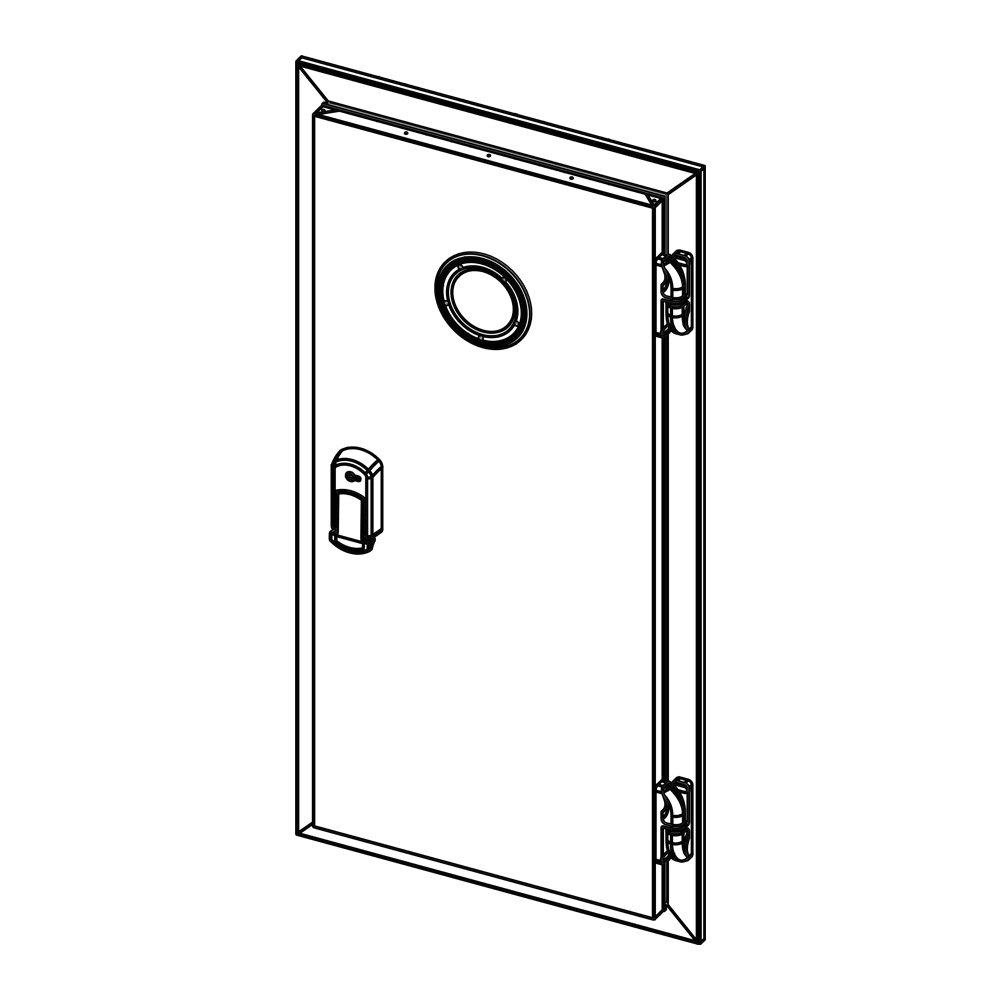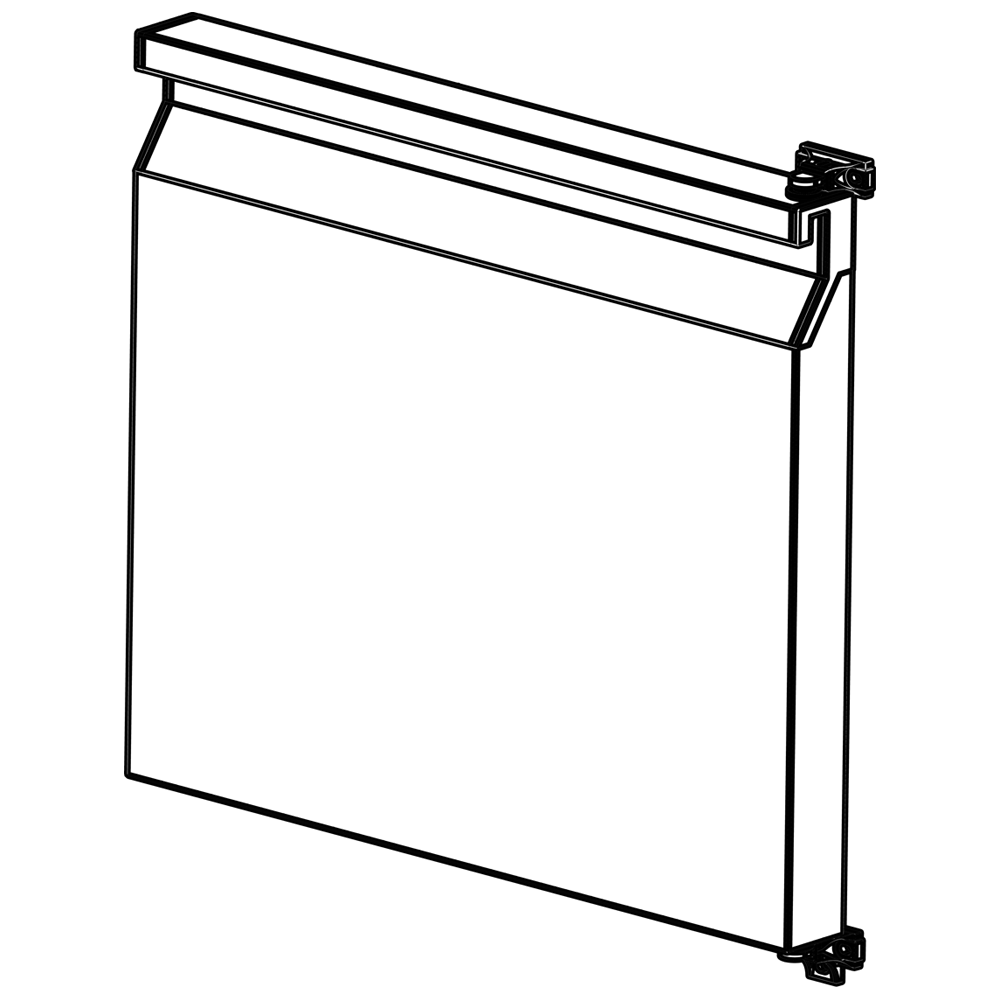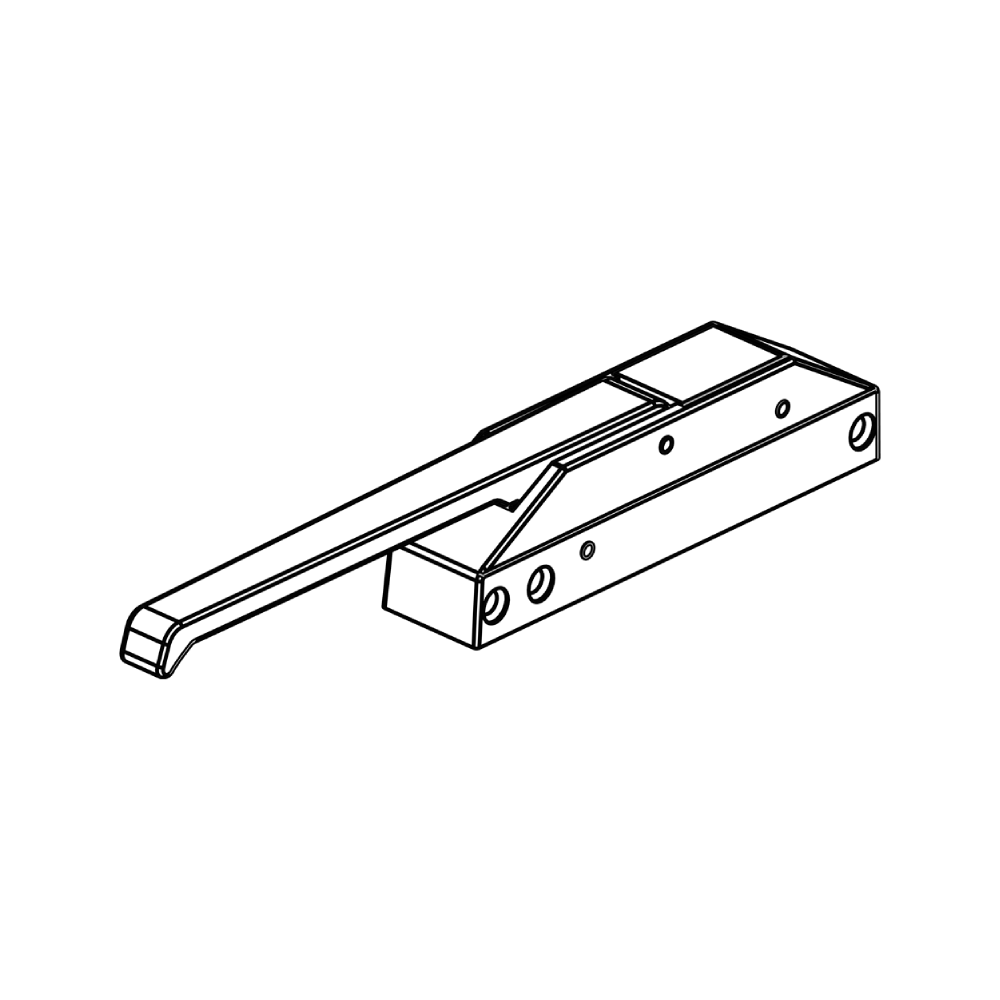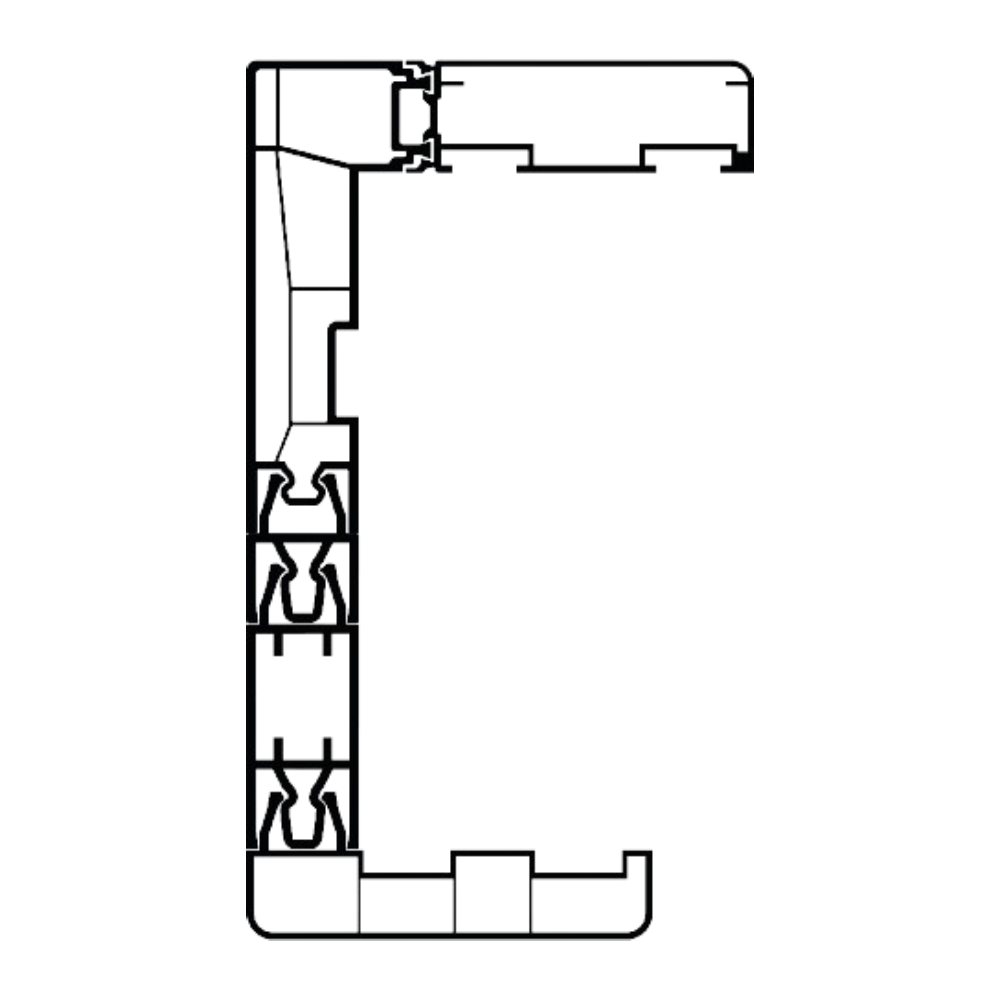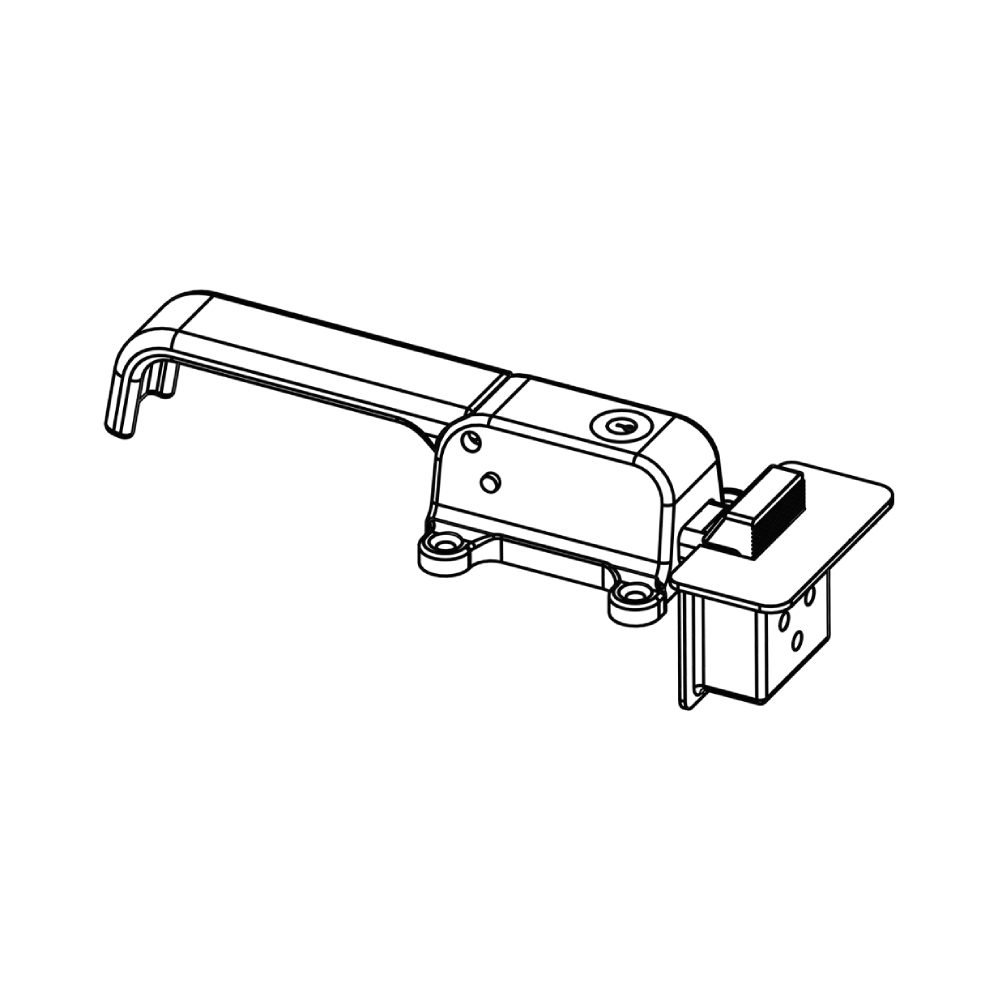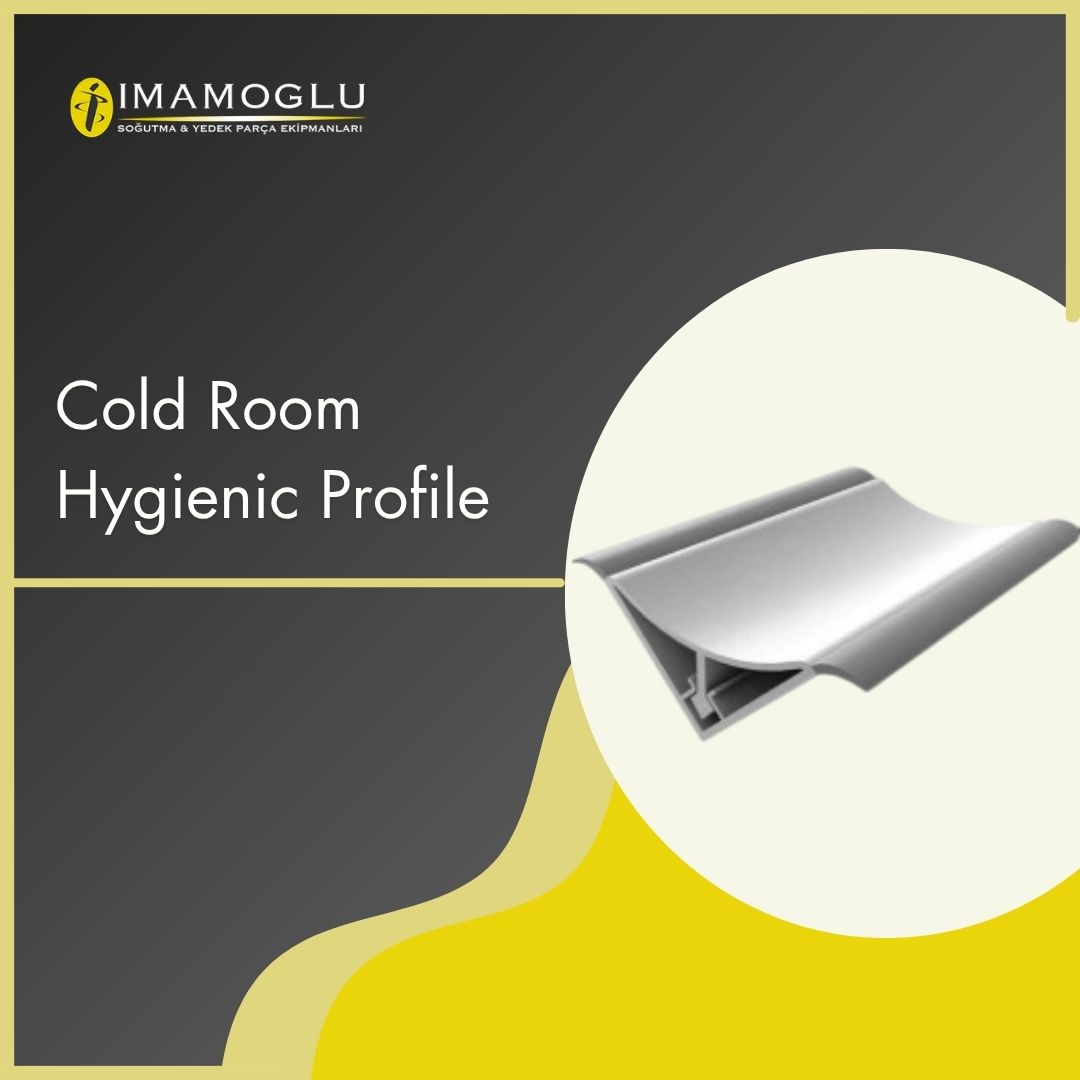Cold Room Hygienic Profile
Definition and Function of Hygienic Profiles
Cold room hygienic profiles are specially designed structural components used in cold storage facilities, industrial refrigeration systems, and particularly in the food and pharmaceutical sectors. These profiles are utilized on the interior surfaces of cold rooms, especially at the junctions of walls, floors, and ceilings, to create a hygienic environment. In cold rooms, cleanliness and sanitation are critical for ensuring the safety and quality of stored products. Hygienic profiles, with their smooth surfaces and easy-to-clean structures, prevent the accumulation of bacteria, mold, and dirt, thus ensuring compliance with hygiene standards in cold rooms. Typically made from materials such as stainless steel, aluminum, or specially coated PVC, these profiles are designed to be compatible with various panel thicknesses and door systems. For example, profiles suitable for panel thicknesses ranging from 40 mm to 200 mm can be customized to meet the needs of cold rooms. These profiles offer an aesthetic appearance while also providing functional features such as sealing and insulation.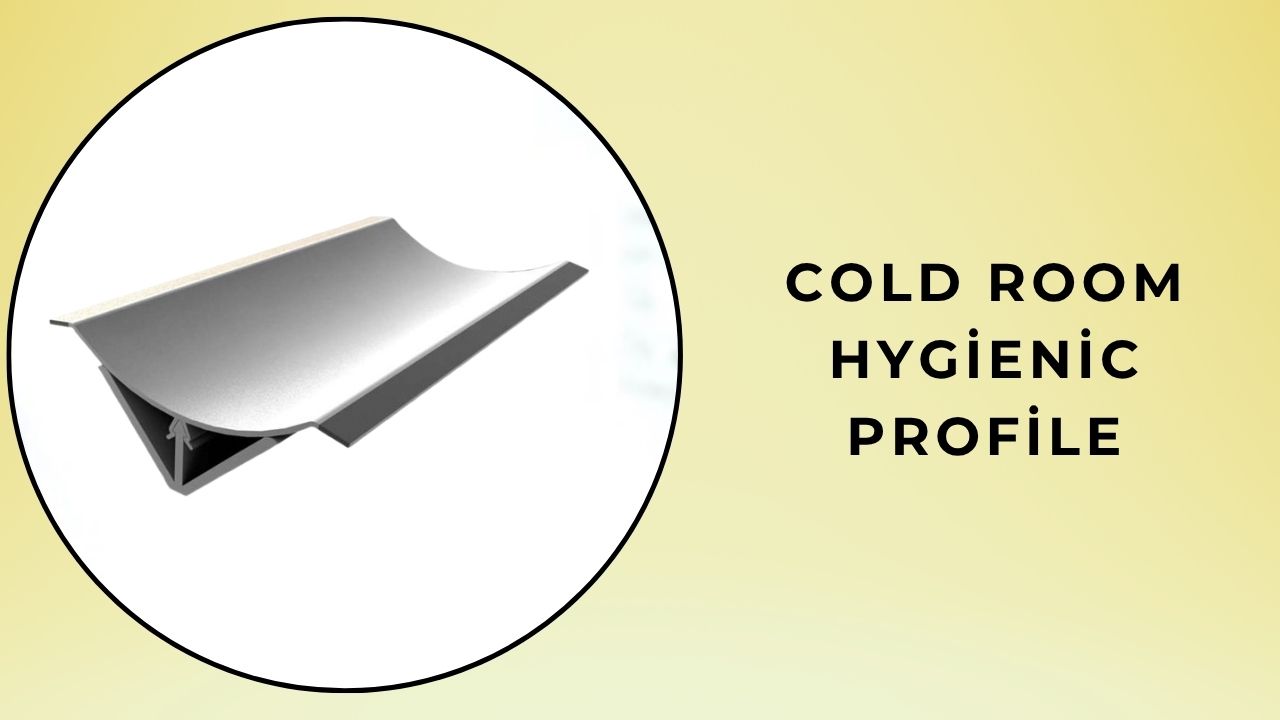
Technical Specifications and Structural Advantages
Cold room hygienic profiles are specifically designed to meet high hygiene standards. These profiles are manufactured with smooth and non-porous surfaces, minimizing areas where bacteria and microorganisms can adhere. Materials such as stainless steel or aluminum offer high resistance to corrosion and ensure long-term durability in humid, cold environments. PVC-coated profiles provide an economical alternative and are resistant to chemical cleaners. The profiles are typically designed with rounded corners, facilitating cleaning and preventing dirt accumulation. Additionally, thermal barrier designs are used to ensure energy efficiency, reducing energy loss and maintaining stable internal temperatures in cold rooms. Their modular structure allows compatibility with various panel types and dimensions, speeding up the installation process. For safety, some profiles can be equipped with non-slip surfaces, reducing the risk of slips, particularly at floor junctions.
Industrial Applications and Usage Areas
Cold room hygienic profiles are widely used in industries where hygiene is a priority. In the food industry, these profiles are essential for maintaining the safety and freshness of products stored in cold rooms, whether fresh, frozen, or shock-frozen. For instance, in cold rooms storing sensitive foods like meat, fish, or dairy products, the smooth surfaces of the profiles facilitate regular cleaning and prevent bacterial growth. In the pharmaceutical industry, hygienic profiles ensure product safety by meeting sanitation standards in cold rooms used for storing vaccines, medicines, and other medical supplies. In cold chain logistics, these profiles provide sealing and hygiene in rooms used to maintain stable temperature conditions during product transportation and storage. Hygienic profiles are also commonly used in commercial kitchens, restaurants, hotels, and supermarkets, where both aesthetics and functionality are important. In high-hygiene environments such as hospitals and laboratories, the easy-to-clean nature of these profiles offers significant advantages.
Benefits of Hygienic Profiles
Cold room hygienic profiles offer multifaceted benefits to businesses and users. Primarily, they support hygiene standards, ensuring food safety and the quality of medical products. Their smooth surfaces make cleaning quick and effective, reducing maintenance costs. In terms of energy efficiency, the sealing properties of the profiles maintain stable internal temperatures in cold rooms, reducing the energy consumption of cooling systems. This results in significant cost savings, especially in large-scale storage facilities. Stainless steel offers long-term durability by resisting moisture, low temperatures, and chemical cleaners. Aesthetically, modern-designed profiles give cold rooms a professional and organized appearance, enhancing the business's image in the eyes of customers. Customization options, including color, size, and material choices, allow tailored solutions for various cold room designs.
Production Process and Material Options
The production of cold room hygienic profiles requires precise engineering and quality control processes. The production process begins with design and planning based on the project's requirements. The dimensions, panel type, and hygiene needs of the cold room are considered during profile design. Material selection is determined by the intended use; stainless steel provides hygiene advantages for the food and pharmaceutical sectors, while aluminum offers lightweight and durable solutions. PVC-coated profiles are an economical option and resistant to corrosion. Profiles are shaped using extrusion or molding techniques, with hygienic features like rounded corners added. Surface treatments are applied to provide corrosion resistance and aesthetic appeal; for example, stainless steel profiles undergo passivation, while aluminum profiles may be anodized. The produced profiles are tested for hygiene, sealing, and durability to ensure compliance with international standards, guaranteeing reliable use in cold rooms.
Profile Types and Varieties
Cold room hygienic profiles vary according to different needs and applications. Wall junction profiles ensure sealing and hygiene at panel junctions, typically designed with rounded corners. Floor profiles, used at the wall-floor junctions of cold rooms, prevent dirt accumulation and facilitate cleaning. Ceiling profiles provide an aesthetic and functional solution at ceiling panel junctions. Corner profiles create smooth surfaces at the corners of cold rooms, preventing bacterial growth. Some profiles are designed to integrate with door systems, supported by sealing gaskets. For example, profiles used in the food industry are made from stainless steel for maximum hygiene, while aluminum profiles offer lightweight advantages in logistics warehouses. For special projects, custom profiles can be produced to specific dimensions and requirements, ensuring compatibility with various cold room designs.
Installation and Maintenance Guide
Proper installation and regular maintenance of cold room hygienic profiles are critical for maintaining their performance over time. During installation, profiles must perfectly match the panel dimensions and the design of the cold room. Installation by expert teams ensures the profiles maintain their sealing and hygiene properties. Special fasteners are used to secure profiles to panels, shortening the installation time. For maintenance, the smooth surfaces of the profiles should be regularly cleaned with hygienic cleaners to prevent dirt, bacteria, or mold buildup. In the food industry, profiles resistant to chemical cleaners are recommended. Joints and gaskets should be periodically checked for sealing performance. In case of wear or deformation, profiles can be easily replaced, making maintenance practical. Regular inspections are essential to maintain the hygiene standards and energy efficiency of the cold room.
Production in Türkiye and Sectoral Contributions
Türkiye has a strong industry in the production of cold room hygienic profiles. Many companies produce profiles compliant with international standards, serving both local and global markets. For example, İmamoğlu Soğutma offers a wide range of products with stainless steel and aluminum profiles, providing customized solutions for the food industry. These companies are known for their hygienic corner and floor profiles, offering high sealing performance. They provide aesthetic and durable profiles for industrial cold rooms. These firms offer detailed catalogs and technical support to meet the needs of various projects. Türkiye’s production in this field plays a significant role in exports, reaching markets in Europe, the Middle East, and Asia.
Future Innovations and Technological Developments
Cold room hygienic profiles are continually being improved with technological innovations. Smart profile systems equipped with sensors can monitor temperature, humidity, and hygiene levels, optimizing the performance of cold rooms. Eco-friendly materials, particularly recyclable aluminum and PVC, contribute to sustainability goals. Next-generation coatings enhance the chemical resistance and hygienic properties of profiles, offering longer-lasting solutions. Additionally, antimicrobial coatings can more effectively prevent bacterial and mold growth, providing significant advantages, especially in the pharmaceutical and food industries. In the future, modular and automated installation systems could further streamline the installation process, saving time and costs in large-scale projects.


